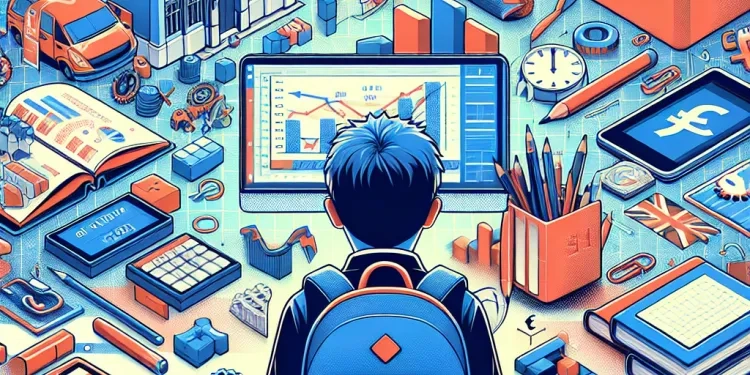
Find Help
More Items From Ergsy search
-

What is the SENCO's role in a school?
Relevance: 100%
-

What role do schools play in managing concussions?
Relevance: 42%
-

Do SEND children attend mainstream schools?
Relevance: 40%
-
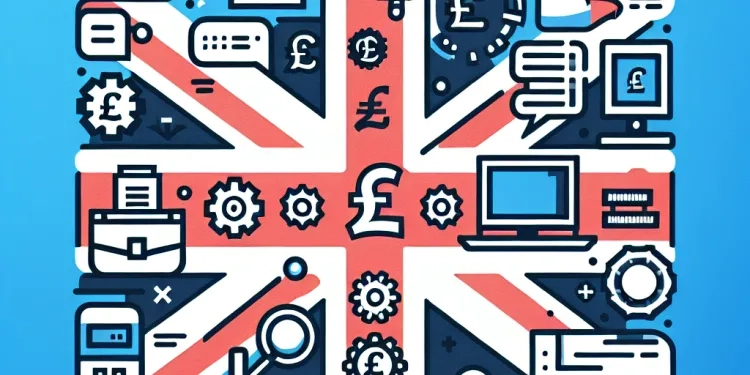
Are there specific laws governing SEND in schools?
Relevance: 35%
-
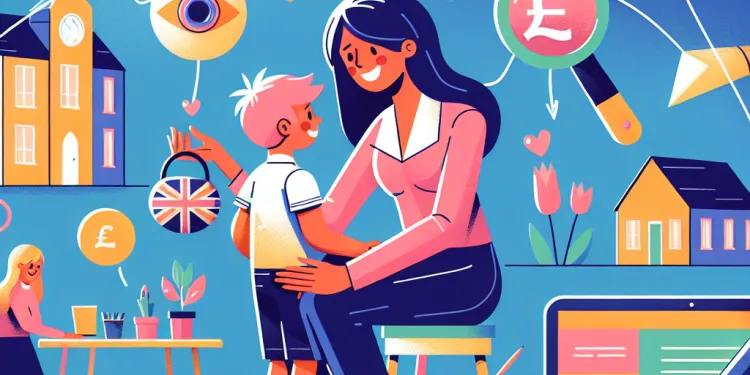
What support is available for SEND children in schools?
Relevance: 35%
-
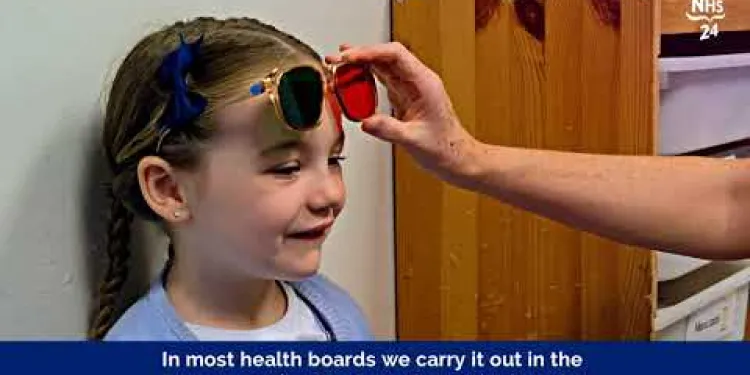
See4School
Relevance: 34%
-

Who is responsible for providing school meals in the UK?
Relevance: 31%
-

How are school meals provided in the UK?
Relevance: 30%
-

What is the purpose of providing school meals in the UK?
Relevance: 30%
-

Are school meals inspected for quality and standards?
Relevance: 30%
-

What is the average cost of a school meal in the UK?
Relevance: 30%
-
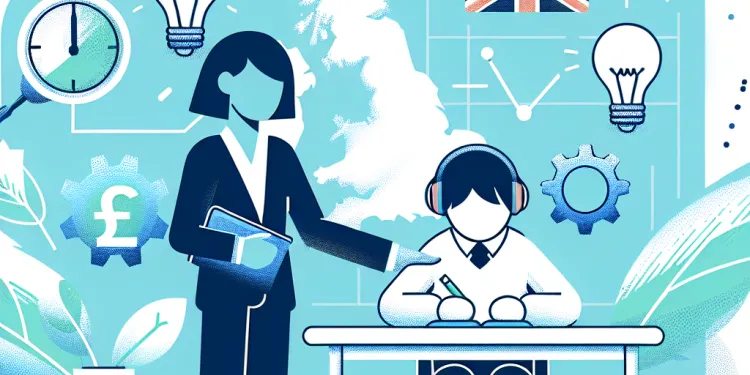
What role do teachers play in supporting SEND children?
Relevance: 29%
-

Are there educational components to the school meal program?
Relevance: 29%
-

Are there any initiatives to reduce food waste in schools?
Relevance: 29%
-
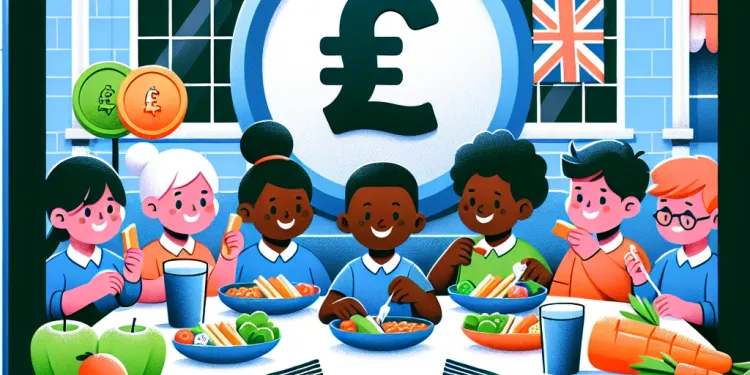
How can parents provide feedback on school meals?
Relevance: 29%
-

Who provides the funding for free school meals in the UK?
Relevance: 28%
-
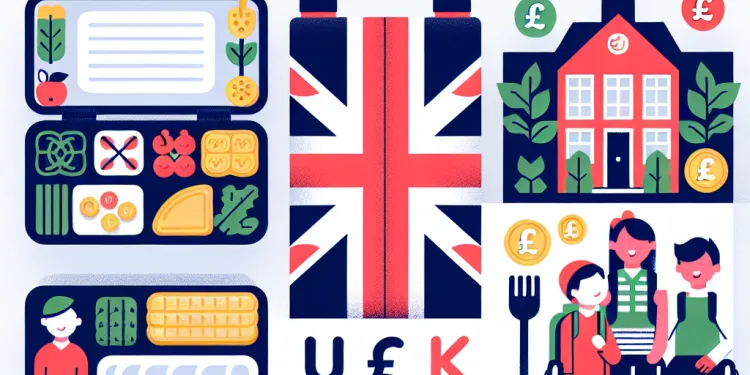
Can children with disabilities access school meals?
Relevance: 28%
-

Are school meals free for all students in the UK?
Relevance: 28%
-
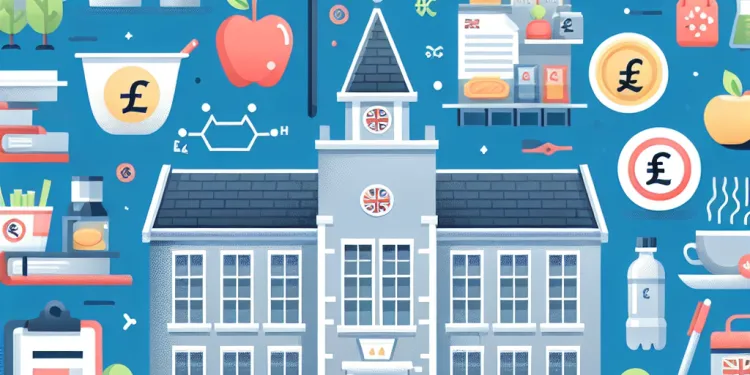
How are food allergies managed in UK schools?
Relevance: 28%
-

Are vegetarian or vegan options available in UK school meals?
Relevance: 28%
-

What is included in a typical school meal in the UK?
Relevance: 27%
-
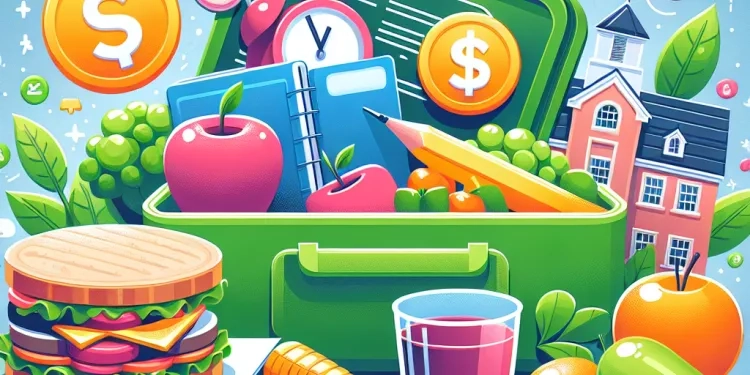
Calls for Better School Lunch Standards After Nationwide Survey
Relevance: 27%
-

How are special dietary requirements catered for in school meals?
Relevance: 27%
-
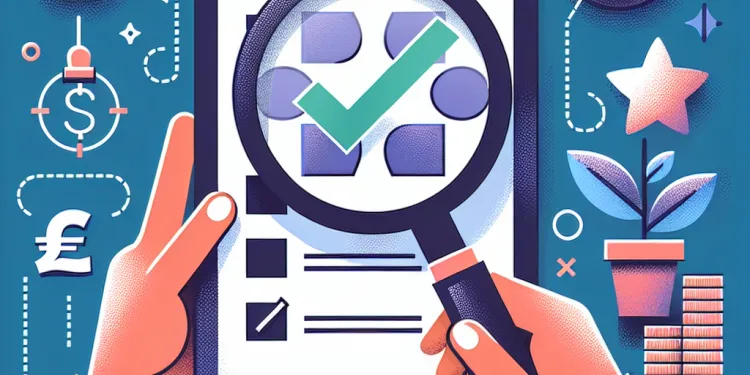
Who is responsible for assessing SEND needs?
Relevance: 26%
-
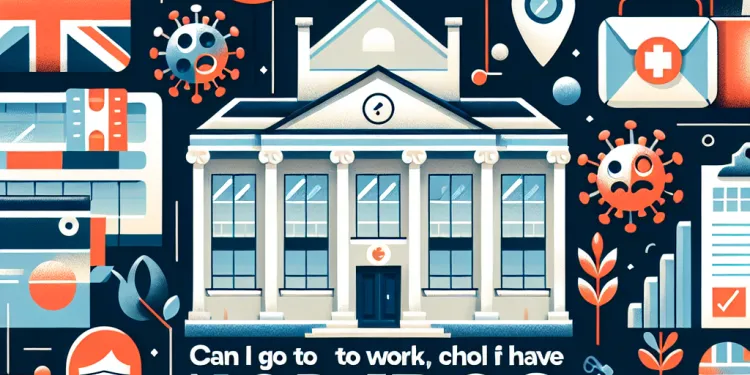
Can I go to work or school if I have norovirus?
Relevance: 26%
-

What measures are taken to ensure food safety in school meals?
Relevance: 25%
-

What criteria must be met for a child to be eligible for free school meals?
Relevance: 25%
-

How can schools create an inclusive environment for SEND children?
Relevance: 25%
-
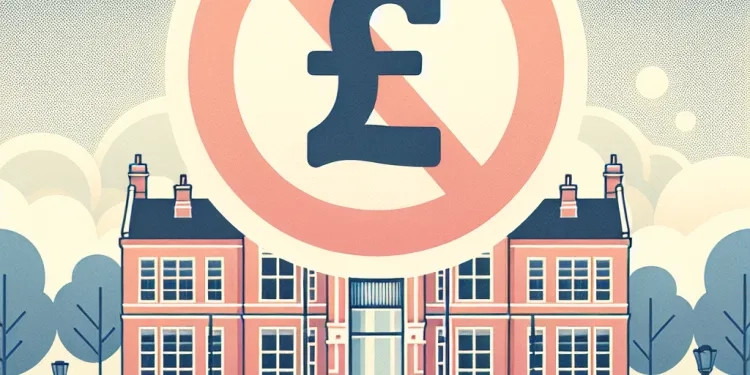
Calls to Ban Vapes Near School Grounds Gain Momentum
Relevance: 25%
-

Can parents provide packed lunches instead of school meals?
Relevance: 24%
-

Is there a focus on healthy eating in UK school meals?
Relevance: 23%
-

Joint School - Knee Exercises
Relevance: 23%
-
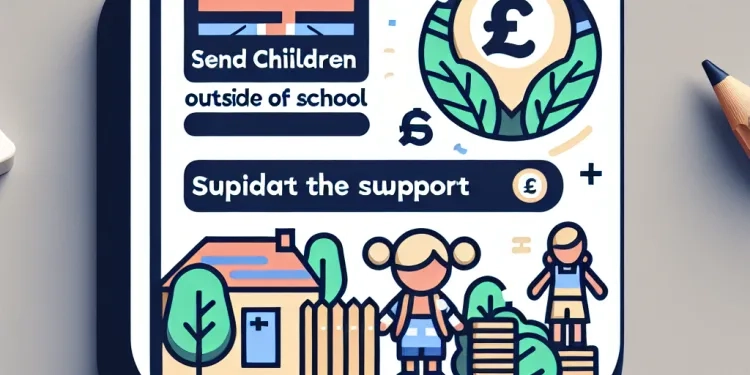
What support is available outside of school for SEND children?
Relevance: 22%
-
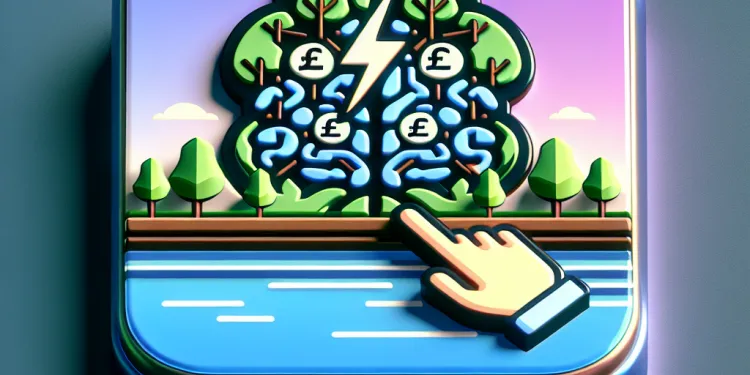
What role does the environment play in ADHD?
Relevance: 21%
-
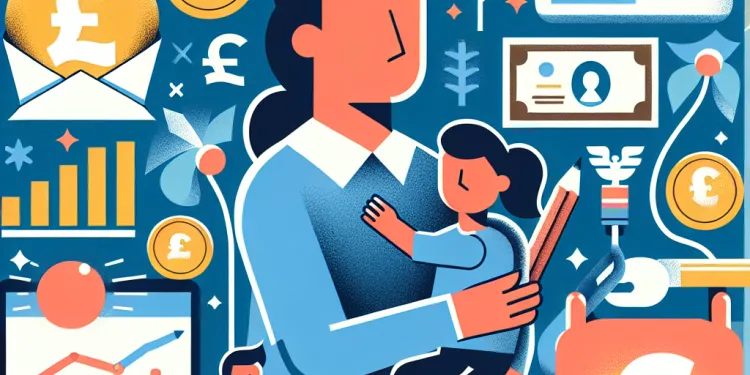
How are parents involved in the SEND process?
Relevance: 21%
-

What are SEND children?
Relevance: 21%
-

Who are SEND children?
Relevance: 20%
-
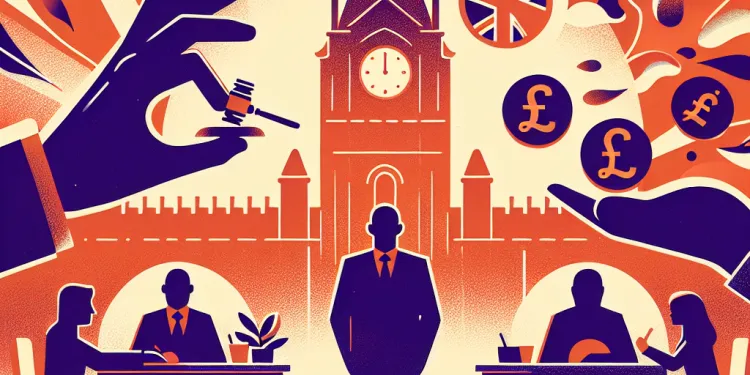
What is the role of a juror?
Relevance: 20%
-

What role do sensory issues play in autism?
Relevance: 19%
-

Joint School - Hip Exercises
Relevance: 19%
Introduction to the SENCO Role
In the UK, the Special Educational Needs Coordinator (SENCO) plays a vital role in managing and supporting the educational needs of pupils with special educational needs and disabilities (SEND). The SENCO is responsible for ensuring that these students receive the necessary support to achieve their full potential and to promote an inclusive educational environment for all.
Understanding Special Educational Needs
Special Educational Needs (SEN) refers to children who have learning difficulties or disabilities that make it harder for them to learn than most children of the same age. Schools have a duty to support these children under the Children and Families Act 2014. The SENCO, as a specialist in this field, leads and coordinates the efforts needed to support SEN students within the school environment.
Key Responsibilities of a SENCO
A SENCO's role involves both strategic and personal aspects. Strategically, they are responsible for developing and implementing the SEN policy within the school. This includes identifying students who have SEN, coordinating their care, and ensuring that necessary provisions and interventions are in place. They maintain records of progress, liaise with teachers and parents, and work closely with external agencies, such as health and social services.
On a personal level, SENCOs often provide direct support to students, developing individual education plans (IEPs) tailored to each student's needs. They also work with teachers, offering insights, training, and resources to equip them with the skills to support SEN students in their classrooms. Additionally, they ensure compliance with the legal requirements regarding SEN education.
Collaboration and Liaison
A significant part of the SENCO role involves collaborating with a wide range of people both within and outside the school. This includes working with classroom teachers to adapt lessons and teaching approaches, meeting with parents to discuss their child's needs and progress, and coordinating with external specialists such as speech therapists, educational psychologists, and occupational therapists. Effective communication and relationship building are crucial skills for a SENCO to ensure the best outcomes for SEN students.
The Impact of a SENCO
The work of a SENCO helps foster a more inclusive school culture and ensures that all students have access to appropriate educational opportunities. By addressing diverse learning needs and providing necessary interventions, SENCOs not only support academic development but also bolster the social and emotional well-being of their students. Through their leadership, SENCOs play a fundamental role in bridging educational gaps and advocating for fairness and equality in education.
What Does a SENCO Do?
In the UK, a SENCO helps kids who have special educational needs (SEND). This means they need extra help to learn. The SENCO makes sure these kids get the help they need to do well in school and makes the school a place where everyone feels included.
What Are Special Educational Needs?
Some children find learning harder than other kids the same age. They might have learning difficulties or disabilities. Schools must help these kids. The SENCO is the expert who leads the school to make sure these kids get the support they need.
What Does a SENCO Do in School?
The SENCO has important jobs to do. They make plans to help children with special needs. They find out which kids need help and make sure they get it. They keep track of how the kids are doing, talk to teachers and parents, and work with doctors or social workers.
SENCOs also help kids directly. They make special education plans for each child. They work with teachers to help them teach these kids better. They also make sure the school follows the rules about special needs education.
Working with Others
SENCOs work with lots of people. They help teachers change lessons so all kids can learn. They talk to parents about their child's needs and progress. They also work with experts like speech therapists or psychologists. Talking and being friendly are important for a SENCO.
Why is a SENCO Important?
SENCOs make schools better places for everyone. They make sure all kids get a chance to learn well. They help children feel good about themselves and happy at school. SENCOs make sure all children are treated fairly and get what they need in education.
Frequently Asked Questions
What does SENCO stand for?
SENCO stands for Special Educational Needs Coordinator.
What is the primary role of a SENCO?
The primary role of a SENCO is to manage and coordinate the support for children with special educational needs and disabilities (SEND) within a school.
Who does the SENCO work with?
The SENCO works with teachers, parents, school staff, and external professionals to ensure that the needs of students with SEND are met.
How does a SENCO identify students who need support?
A SENCO identifies students who need support through assessments, teacher observations, and consultations with parents and external specialists.
What kind of plan does a SENCO create for students with SEND?
A SENCO creates Individual Education Plans (IEPs) or similar frameworks to target specific learning goals for students with SEND.
How does a SENCO support teachers?
A SENCO supports teachers by providing guidance, resources, and training on strategies to support students with SEND in the classroom.
Why is the SENCO role important in schools?
The SENCO role is important because it ensures that students with SEND receive appropriate support and resources necessary for their learning and development.
What qualifications does a SENCO typically have?
A SENCO typically has teaching qualifications and additional training in special educational needs, such as the National Award for SEN Coordination.
How does a SENCO engage with parents?
A SENCO engages with parents through meetings, regular communication, and involving them in the planning of their child’s educational needs.
Is the SENCO role always a full-time position?
The SENCO role can be full-time or part-time, depending on the size of the school and the number of students with SEND.
What external professionals does a SENCO collaborate with?
A SENCO collaborates with educational psychologists, speech and language therapists, and other professionals to support students with SEND.
How does a SENCO contribute to whole-school policies?
A SENCO contributes to whole-school policies by promoting inclusive practices and ensuring that SEND considerations are included in school policies and planning.
What is the SENCO’s role in staff training?
The SENCO's role in staff training includes organizing and providing training sessions focused on strategies and resources for teaching students with SEND.
How do SENCOs measure the progress of students with SEND?
SENCOs measure progress through regular assessments, reviewing IEP goals, and adjusting support strategies based on student outcomes.
Can a classroom teacher also be a SENCO?
Yes, a classroom teacher can also be a SENCO, but they must balance both roles, often requiring strong organizational skills and possible additional support.
What is the importance of SENCO’s role in transition planning?
The SENCO’s role in transition planning is important to ensure that students with SEND are supported when moving between schools or different phases of their education.
How often should a SENCO review a child's progress?
A SENCO should review a child's progress regularly, often termly, but it can vary depending on the individual needs of the student.
How does the SENCO role vary between different types of schools?
The SENCO role can vary between types of schools based on the school's size, the number of students with SEND, and specific institutional needs.
What legislative framework guides the SENCO’s role?
In the UK, the SENCO's role is guided by the SEND Code of Practice, while other countries have their own legislation and guidelines regarding SEND.
How does a SENCO ensure continuity of support for students with SEND?
A SENCO ensures continuity by maintaining detailed records, liaising with all stakeholders, and advocating for necessary resources and interventions.
What does SENCO mean?
SENCO stands for Special Educational Needs Coordinator. This is a person in a school who helps children with learning needs.
Tips:
- Use pictures to help understand.
- Ask an adult if you have questions.
- Break words into smaller parts to read them.
SENCO means the person who helps children with special learning needs at school.
What does a SENCO do?
A SENCO is a teacher who helps children who find learning hard.
The SENCO works with teachers and families. They make sure every child gets the help they need.
If you have trouble learning, the SENCO finds ways to help you. This could be extra lessons or special tools like talking computers.
You can always tell a teacher if you need help, and the SENCO will help too!
The main job of a SENCO is to help and support children in school who need extra help with learning or have disabilities.
Who Does the SENCO Help?
The SENCO works with lots of people to help children learn better. Here are some people they work with:
- Teachers: SENCO talks with teachers to help make school easier for children who need extra help.
- Parents: SENCO listens to moms and dads to know what children need at school.
- Helpers at School: SENCO works with helpers, like teaching assistants, to give children extra support.
- Doctors or Specialists: SENCO talks with doctors to know the best ways to help some children learn.
Tip: If you are a parent, you can talk to the SENCO if you think your child needs extra help at school.
The SENCO is a special teacher who helps students with extra learning needs. They talk with other teachers, parents, and helpers to make sure these students get the support they need.
How does a SENCO find students who need help?
The SENCO, or Special Educational Needs Coordinator, finds out which students need help by watching and talking with teachers and parents.
They look for signs that a student is having a hard time learning or understanding things in class.
They may use tests and ask the student questions to see what help they need.
The SENCO works with others, like teachers and parents, to make a plan to help the student learn better.
If a student needs help, the SENCO can suggest extra lessons or special tools, like a tablet to help with reading.
A SENCO is a person who helps find students who need extra help at school. They do this by checking how the students are doing, talking to teachers, and talking to parents and other experts.
What plan does a SENCO make for students with special needs?
A SENCO is a teacher who helps children with special needs. They write a plan to help these students learn. This plan says what the student needs and how to help them. It also says who will help the student. The plan is like a guide to make learning easier for the student.
If you're helping a child with special needs, try using pictures or simple words. This can make learning more fun and easier to understand.
A SENCO helps make learning plans for kids who need extra help at school. These plans have special goals to help each child learn better.
How does a SENCO help teachers?
A SENCO is a teacher who helps other teachers. They make sure children who need extra help can learn well. Here is how they help:
- Talk to teachers about what each child needs.
- Share new ideas and ways to help children learn.
- Give special tools or games to help children understand.
- Organize meetings with parents to talk about the child's progress.
- Help make a plan for each child to learn better.
Some ways to help understand this better are:
- Use pictures to explain things.
- Use simple words and short sentences.
- Take breaks if you feel tired.
- Ask someone to read with you.
A SENCO helps teachers. They give advice, tools, and training to help teachers work with students who need extra support in class.
Why is the SENCO job important in schools?
The SENCO helps students who need extra support. This is important so all children can learn well.
If a student finds learning hard, the SENCO can find ways to help. This makes school a good place for everyone.
Some tools to help are:
- Using pictures and simple words in lessons.
- Giving extra time for tasks and tests.
- Using computers and special apps.
The SENCO works with teachers and parents to make sure every student gets the help they need.
The SENCO job is very important. It helps make sure that children with special educational needs and disabilities (SEND) get the right help and tools they need to learn and grow.
What does a SENCO usually need to learn?
A SENCO is a teacher who has extra training to help children with special needs. They have a special certificate called the National Award for SEN Coordination.
How does a SENCO talk to parents?
A SENCO is a special teacher who helps kids learn. They work with parents to help the child. Here is how they talk to parents:
- Meetings: The SENCO and parents can have meetings. They talk about what the child needs.
- Emails or letters: The SENCO can write to parents to tell them how their child is doing.
- Phone calls: Parents and the SENCO can talk on the phone. They can share ideas and ask questions.
- School events: Parents can come to events at the school. They can see what their child is learning.
Parents can use these tools to talk with the SENCO:
- Pictures or drawings: These can help show what is being talked about.
- Writing down ideas: Parents can write down what they want to say or ask.
A SENCO talks with parents by having meetings, staying in touch often, and letting them help plan their child's learning at school.
Is the SENCO job always full-time?
A SENCO is a person who helps children with special learning needs at school. They work to make sure every child gets the help they need to learn.
Sometimes, a SENCO works full-time, which means all week. But, in some schools, a SENCO might work part-time, which means only on some days.
If you want to know more, you can try talking to someone at your school or use a reading tool that reads out loud for you. This can help you understand better.
The SENCO helps children who need extra support at school. This job can be full-time or part-time. It depends on how big the school is and how many children need help.
Who helps the SENCO from outside the school?
The SENCO is a teacher at school who helps children with special needs. Sometimes, the SENCO needs help from other people who work outside the school. These people are experts in different areas.
The SENCO might talk to:
- Speech and Language Therapists: They help children with talking and understanding words.
- Educational Psychologists: They help find out how a child learns best.
- Occupational Therapists: They help children with activities like writing or getting dressed.
- Physiotherapists: They help children with moving their bodies better.
- Counsellors: They help children with their feelings and emotions.
These helpers make sure every child gets the support they need.
A SENCO is a person who helps students who need extra support. They work with special doctors, experts in talking and understanding, and other helpers to make sure students get the help they need.
What does a SENCO do to help school rules?
A SENCO (Special Educational Needs Coordinator) helps schools make good plans for all students, especially those who need extra help.
- Make Plans: A SENCO writes rules to help all children learn better.
- Help Teachers: A SENCO shows teachers how to help students who learn differently.
- Work with Parents: A SENCO talks to parents about their child's needs and progress.
- Check Progress: A SENCO makes sure that the school is helping everyone learn well.
Tools to help understand this better:
- Pictures: Use pictures to show the rules and plans.
- Simple Words: Use easy words when explaining school rules.
- Stories: Tell stories to show how SENCO helps in school.
- Ask Questions: Write down questions if something is hard to understand, and ask someone to explain.
The SENCO helps make school rules fair for everyone. They make sure that every child, especially those with special needs, is thought about when making school rules and plans.
What Does the SENCO Do for Staff Training?
The SENCO helps teachers learn how to support all students, especially those who need extra help. They show teachers new ways to teach and help them understand how to help every student do their best.
If you want to learn more or need extra help, you can use tools like picture cards, simple checklists, or short videos. These can make learning easier and more fun!
The SENCO's job is to help teachers learn how to teach children with special needs.
How do SENCOs check how students with SEND are doing?
SENCOs help students who need extra support at school. They make sure everyone is learning well. Here is how they check:
- They watch how students are doing in class.
- They look at test scores and schoolwork.
- They talk to teachers and parents.
- They listen to what students say about their learning.
Tools to help:
- Reading rulers or overlays to help with reading.
- Picture schedules to show what happens each day.
- Apps that make learning fun and easier.
If you need help, ask a teacher or a friend!
SENCOs check how well you are doing by giving you tests, looking at your learning plans, and changing how they help you if you need it.
Can a Classroom Teacher Be a SENCO Too?
A classroom teacher is a teacher who helps students learn. A SENCO is a teacher who helps students with special needs.
Yes, a classroom teacher can also be a SENCO. This means they do two jobs:
- Teaching all the students in their class.
- Helping students with special needs get the support they need.
It is important for teachers who are both to stay organized and manage their time well. Here are some tips and tools that can help:
- Make a Schedule: Write down what you need to do each day.
- Set Reminders: Use reminders on your phone or computer.
- Ask for Help: Talk to other teachers or staff when you need support.
Yes, a classroom teacher can also be a SENCO. This means they do two jobs. They teach and help students with special needs. They need to be good at organizing and might need extra help.
Why is a SENCO important for planning changes?
A SENCO helps schools support children with special needs. When a child changes class or school, a SENCO makes sure the child gets the help they need. This is called transition planning.
Here’s why a SENCO is important in transition planning:
- They talk to teachers, parents, and the child to make a plan.
- They help everyone understand what the child needs to feel safe and happy.
- They make sure that support continues when the child moves to a new place.
To help with changes, you can try:
- Social stories: These are simple stories to help understand new things.
- Visual schedules: Pictures that show what will happen next, so it’s easier to know what to expect.
- Talking about feelings: Encourage the child to share how they feel about the change.
The SENCO helps kids with special needs when they change schools or move to a new class. This makes things easier for them.
How often should a SENCO check how a child is doing?
A SENCO is a teacher who helps children who need extra support at school.
The SENCO should check on the child's progress to see how well they are learning.
This should happen regularly. It might be every few weeks or every term (about three months).
Parents can also talk to the SENCO if they want to know how their child is doing.
It can help to use tools like charts or apps to track progress. Parents and teachers can work together to help the child learn better.
The SENCO, who is a special teacher at school, should look at how a child is doing in their school work. They usually check every term, but they might do it more or less often. It depends on what the child needs.
Does the SENCO job change in different schools?
A SENCO is a special person in school who helps kids who need extra support.
SENCO jobs can be different in each school. It depends on:
- How big the school is.
- How many kids need extra help.
- What the school needs.
Use pictures and simple words to help understand.
What rules help the SENCO do their job?
In the UK, the person who helps children with special needs at school is called the SENCO. They follow special rules called the SEND Code of Practice. Other countries have their own rules to help children with special needs.
How does a SENCO make sure students with SEND get the help they need?
A SENCO is a teacher who helps students with special needs. They make sure these students get the right support at school.
Here are some ways a SENCO can help:
- Talk to Teachers: The SENCO talks to teachers so they know how to help students.
- Create a Plan: The SENCO helps make a plan for each student. This plan says what help the student needs.
- Talk to Families: The SENCO talks to the student's family. Together, they can find the best way to help.
- Use Tools: The SENCO finds tools or gadgets that make learning easier for the student.
- Check Progress: The SENCO checks to see how the student is doing. If needed, they change the plan to help the student more.
These steps help the SENCO support students with SEND every day.
A SENCO keeps everything running smoothly. They do this by:
- Keeping good notes about everything.
- Talking with everyone involved.
- Making sure the right help and tools are available.
Useful Links
- Ergsy carfully checks the information in the videos we provide here.
- Videos shown by Youtube after a video has completed, have NOT been reviewed by ERGSY.
- To view, click the arrow in centre of video.
- Most of the videos you find here will have subtitles and/or closed captions available.
- You may need to turn these on, and choose your preferred language.
- Go to the video you'd like to watch.
- If closed captions (CC) are available, settings will be visible on the bottom right of the video player.
- To turn on Captions, click settings .
- To turn off Captions, click settings again.
More Items From Ergsy search
-

What is the SENCO's role in a school?
Relevance: 100%
-

What role do schools play in managing concussions?
Relevance: 42%
-

Do SEND children attend mainstream schools?
Relevance: 40%
-

Are there specific laws governing SEND in schools?
Relevance: 35%
-

What support is available for SEND children in schools?
Relevance: 35%
-

See4School
Relevance: 34%
-

Who is responsible for providing school meals in the UK?
Relevance: 31%
-

How are school meals provided in the UK?
Relevance: 30%
-

What is the purpose of providing school meals in the UK?
Relevance: 30%
-

Are school meals inspected for quality and standards?
Relevance: 30%
-

What is the average cost of a school meal in the UK?
Relevance: 30%
-

What role do teachers play in supporting SEND children?
Relevance: 29%
-

Are there educational components to the school meal program?
Relevance: 29%
-

Are there any initiatives to reduce food waste in schools?
Relevance: 29%
-

How can parents provide feedback on school meals?
Relevance: 29%
-

Who provides the funding for free school meals in the UK?
Relevance: 28%
-

Can children with disabilities access school meals?
Relevance: 28%
-

Are school meals free for all students in the UK?
Relevance: 28%
-

How are food allergies managed in UK schools?
Relevance: 28%
-

Are vegetarian or vegan options available in UK school meals?
Relevance: 28%
-

What is included in a typical school meal in the UK?
Relevance: 27%
-

Calls for Better School Lunch Standards After Nationwide Survey
Relevance: 27%
-

How are special dietary requirements catered for in school meals?
Relevance: 27%
-

Who is responsible for assessing SEND needs?
Relevance: 26%
-

Can I go to work or school if I have norovirus?
Relevance: 26%
-

What measures are taken to ensure food safety in school meals?
Relevance: 25%
-

What criteria must be met for a child to be eligible for free school meals?
Relevance: 25%
-

How can schools create an inclusive environment for SEND children?
Relevance: 25%
-

Calls to Ban Vapes Near School Grounds Gain Momentum
Relevance: 25%
-

Can parents provide packed lunches instead of school meals?
Relevance: 24%
-

Is there a focus on healthy eating in UK school meals?
Relevance: 23%
-

Joint School - Knee Exercises
Relevance: 23%
-

What support is available outside of school for SEND children?
Relevance: 22%
-

What role does the environment play in ADHD?
Relevance: 21%
-

How are parents involved in the SEND process?
Relevance: 21%
-

What are SEND children?
Relevance: 21%
-

Who are SEND children?
Relevance: 20%
-

What is the role of a juror?
Relevance: 20%
-

What role do sensory issues play in autism?
Relevance: 19%
-

Joint School - Hip Exercises
Relevance: 19%